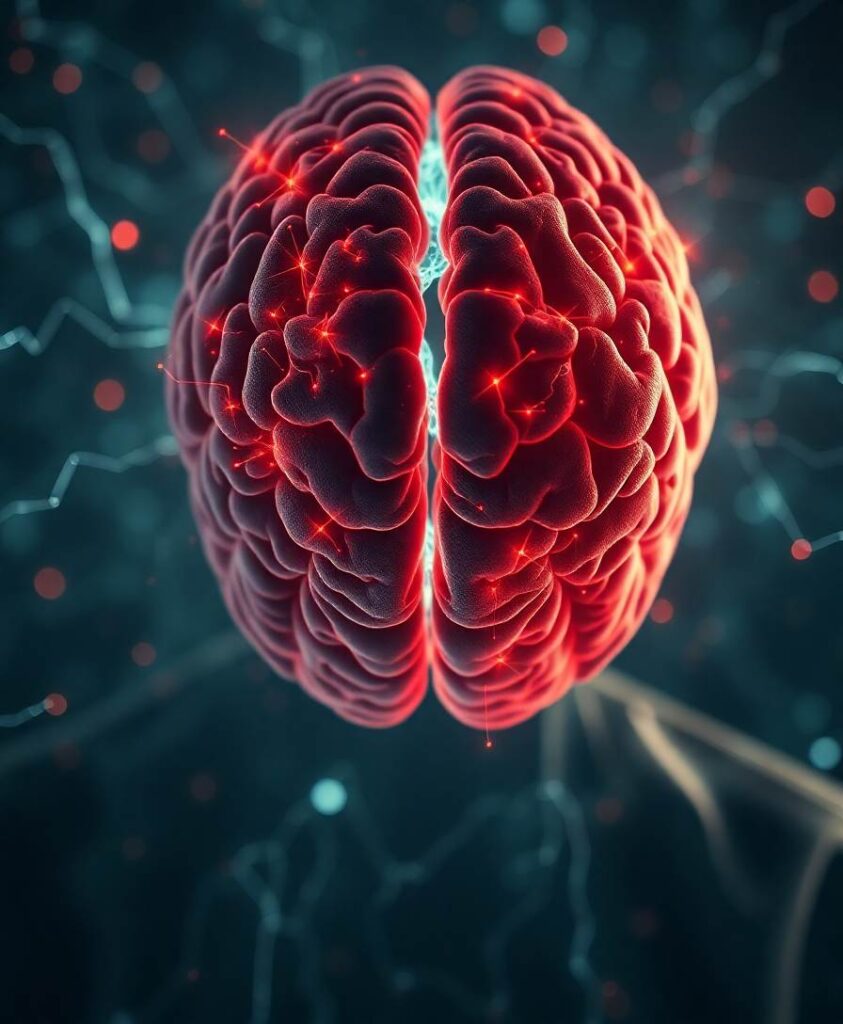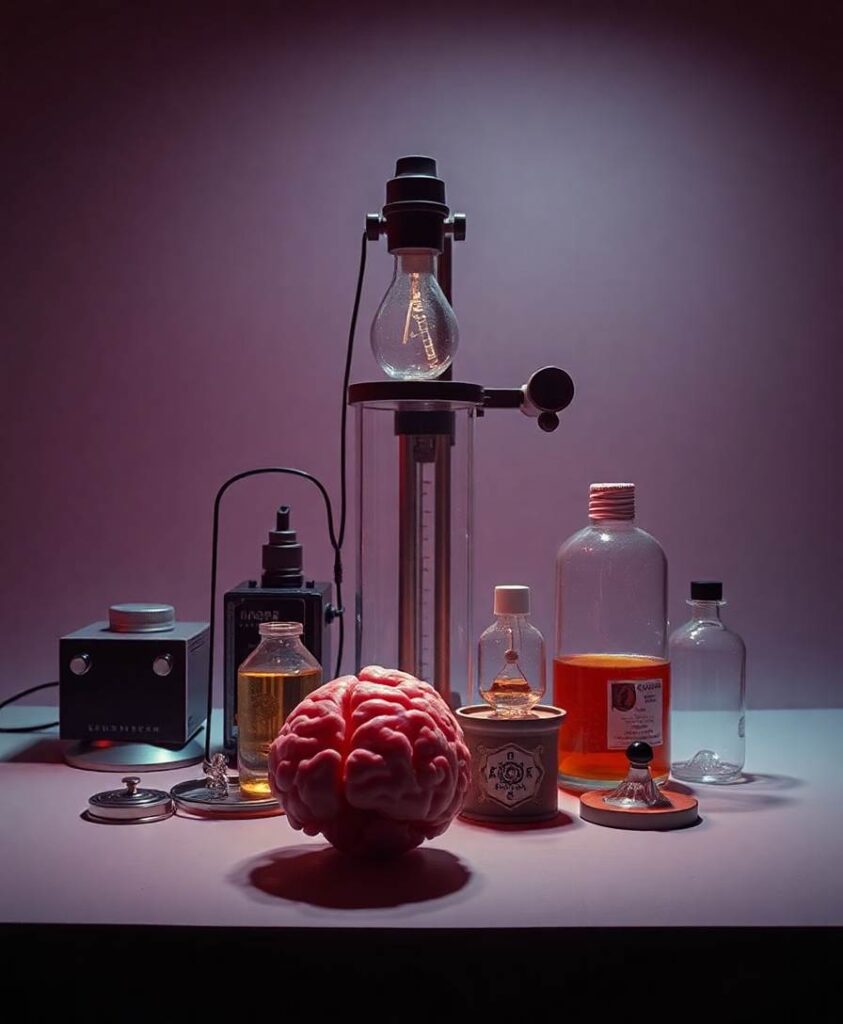Pitkow [1] raises several points about the arguments made in our recent Opinion in Trends in Cognitive Sciences titled ‘Degrees of equivalence between the brain and its DNN models’ [2]. Here, we clarify our position before delving into the elusive argument of the ‘suitably rich’ stimulus ensemble that Pitkow suggests as an alternative to our 2nd degree of algorithmic equivalence (see also the section ‘Is the 2nd degree really necessary?’ in our article [2]).




